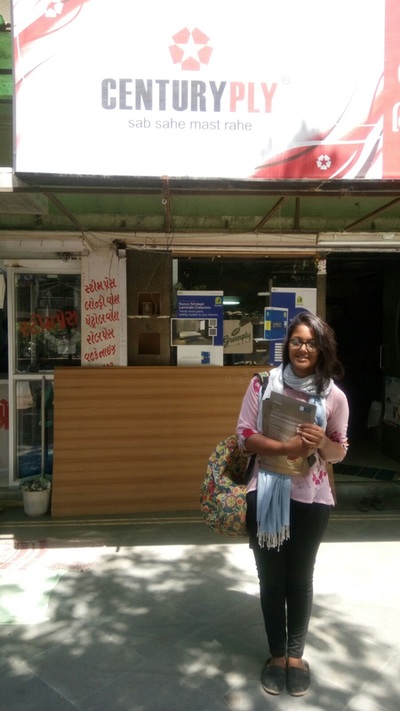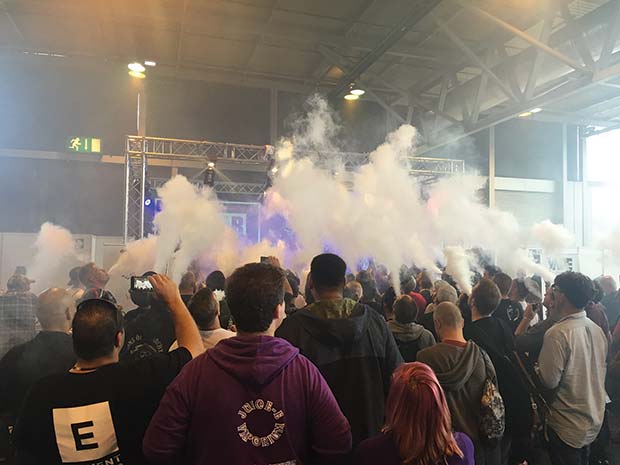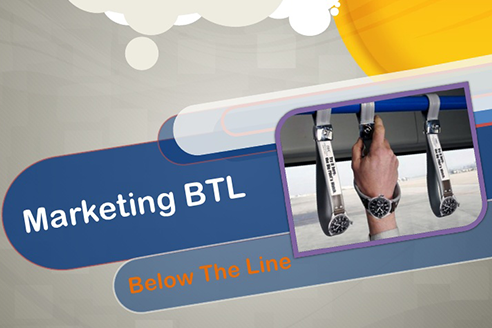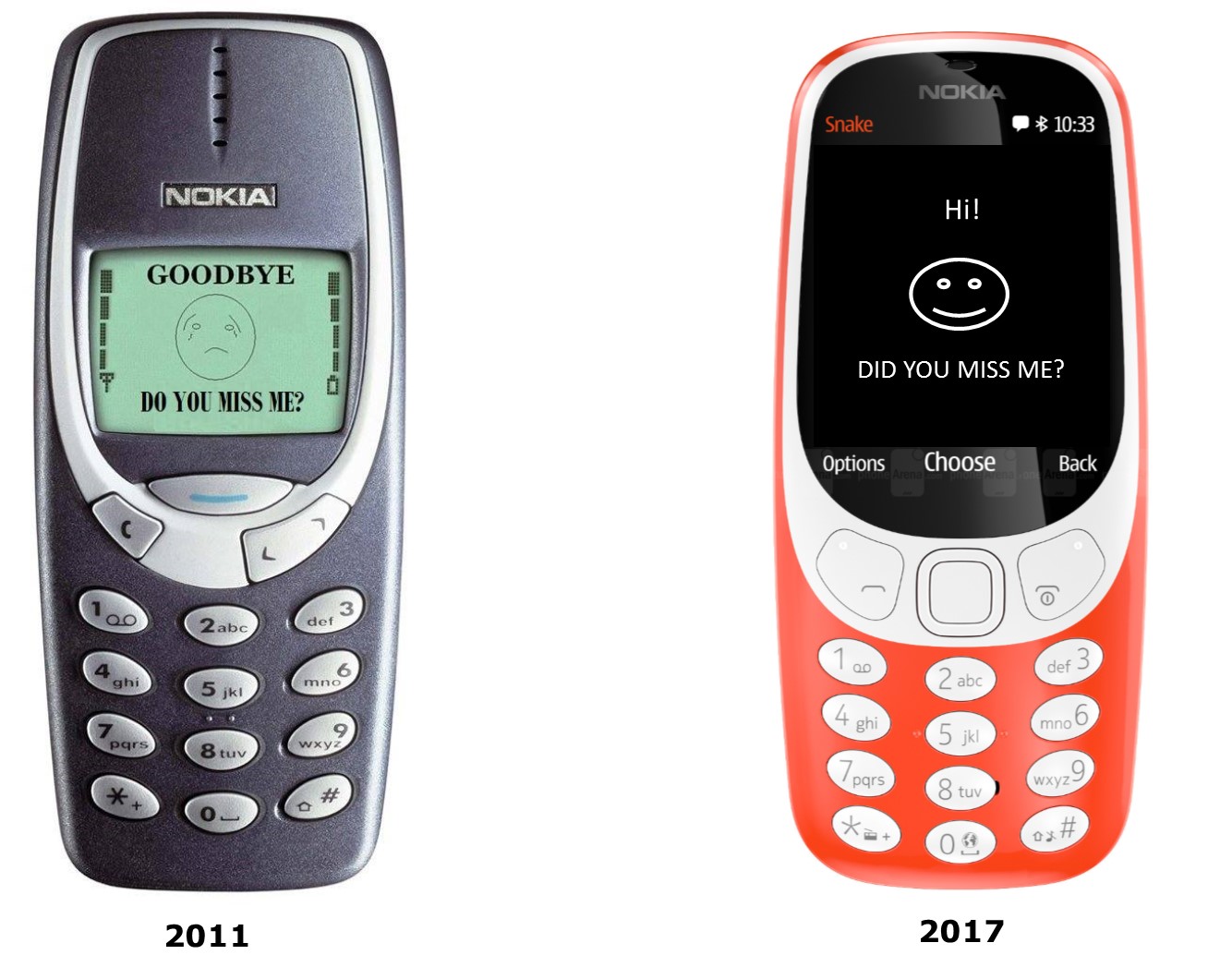Biggest Problem with Market Research business, and How It’s Solved
Market Research has earned its share of importance in the history of corporate success. Despite a few Edsels, strategic planning with adequate Market Research is expected to yield results and is thought of as the way to go. The solution offered by every Market Research company depends on a qualitative and quantitative survey done by its field/tele-calling/online forces, who personally ask questions to the prospective audiences and note their responses for further analysis. Since the information to be extracted is very critical in nature, and people aren’t very keen on talking unless inspired appropriately, on-field surveying holds an important place in the business. In this article, you’ll discover why the execution has always been patchy at best, and how you could treat that. But before that, let’s learn the flow of a usual Market Research drive:
- Prospects are identified and sorted according to geographic and demographic suitability
- On-ground facilitators are trained to approach and acquire the necessary information
- The information gathered is put in a central system where analytics is performed for further strategization
In a lot of cases, Market Research Drives act as prelude to Market Acquisition Drives as the research facilitator and the prospect are supposed to have built good rapport by the end of a survey conversation. It’s assumed that it should play a significant role in convincing the prospect of the company’s proposition. This makes the drive even more critical, as it does more than data acquisition – it generates leads. This, however, doesn’t go as planned. Why?
On-ground surveys are error prone
Everything stated above makes sense, albeit theoretically. What if your on-ground forces start firing proxy surveys? What if the conversations they’re making aren’t optimal, or worse, they’re not making conversations at all? How do you make sure that your forces are indeed extracting critical information honestly, and not filling the forms themselves, jacking the system? In the real world, Market Research Drives consume authentic data as much as they consume garbage, and this can’t be avoided despite best intent and efforts of Market Research companies. Why?

The on-ground forces aren’t monitored and managed enough.
The fact of the matter is, you simply cannot leave the authenticity of your Market Research drive to “trust”. If you’re conducting a research with data acquisition done by on-field forces monitored in the usual sense, you should expect an error of upto 60%, and this isn’t an exaggeration. The Testament has run experimental market research on a particular data set with the conventional approach to arrive at the figure. The major error sources are:
- Simple fraud – the on-ground research facilitator doesn’t visit the prospect at all. All the information is acquired by various sources on the internet.
- Incorrect research – the on-ground research facilitator visits the prospect, but is unable to obtain information. He chooses to fill the information himself.
- Approximate research – the facilitator successfully extracts only a percentage of information. Instead of submitting as it is, he chooses to fill the rest of the information himself
- Inadequate interviewing of the prospect – the facilitator does the job as required, but lacks the procedural accuracy to remove response bias
Apart from the last point, which could be fairly treated with a good training module implemented with necessary reinforcement (Read about EnGame), all are problems of inadequate management and monitoring.
How do you solve this?
You need live, progressive as well as retrospective On-ground resource management.
You need to record every conversation which your representatives make with the prospects. Just obtaining filled forms won’t accomplish much, you need to obtain deeper data points like voice recordings which enable you to listen to how your customers are reacting to you in real time, along with elements like photographs and GPS Coordinates. If there’s anything fishy in the extracted data, you must quickly be able to refer voice recordings with the prospects. Also, you must do all of this in a seamless, lossless and paperless fashion, so it reduces the operational overhead and hence the cost, instead of the other way round. The Testament's Market Acquire can provide all of that to help you pull off a reliable Market Research drive, it’s proving to be a game-changing tool.

Will On-ground Market Research survive as an industry in these changing times? Surely! Nothing can come close to the proposition of personal rapport with an individual in the process of data acquisition. However, as mentioned in Business Adventures - disruptions brought by technology can only be dealt with technology. Solid inventions like Market Acquire will need to be embraced, and that right soon.
The Testament actively conducts Market Research drives for companies across verticals and geographies. You could refer to the case studies here.
















